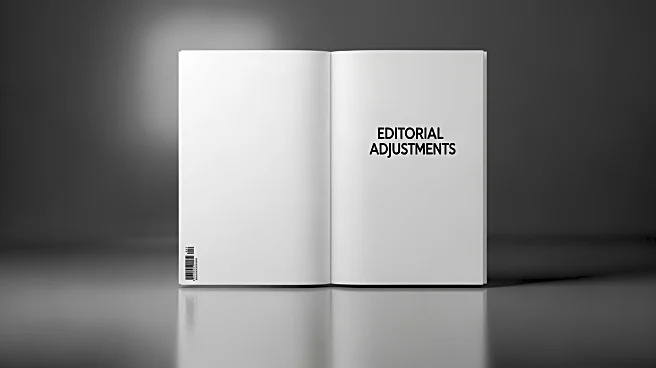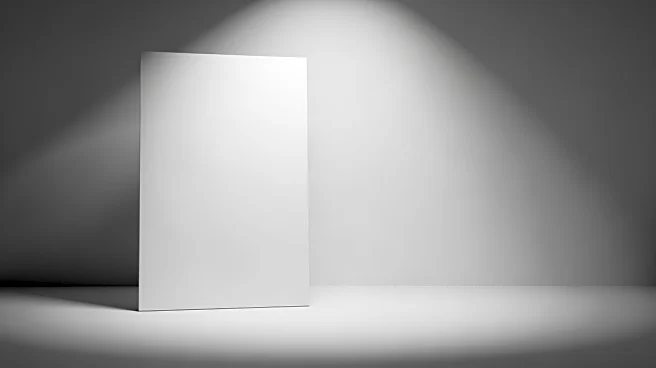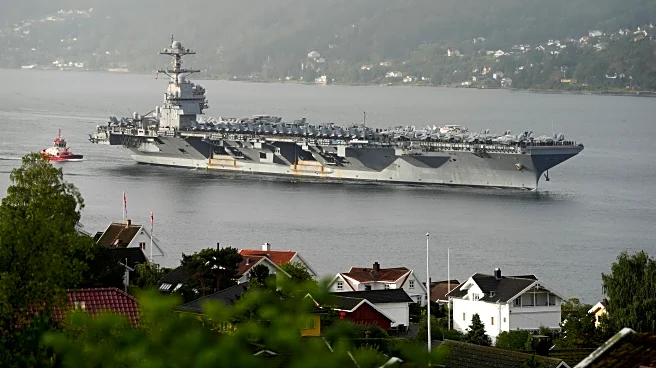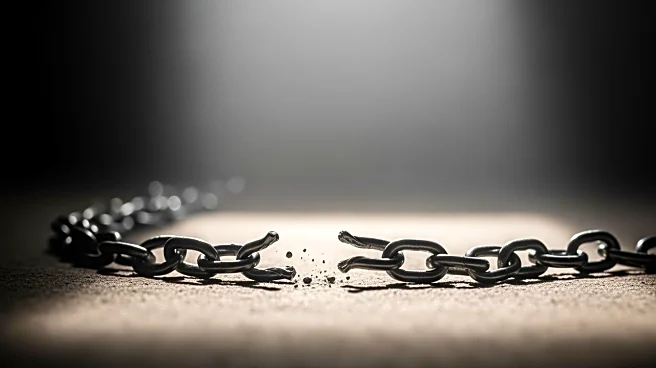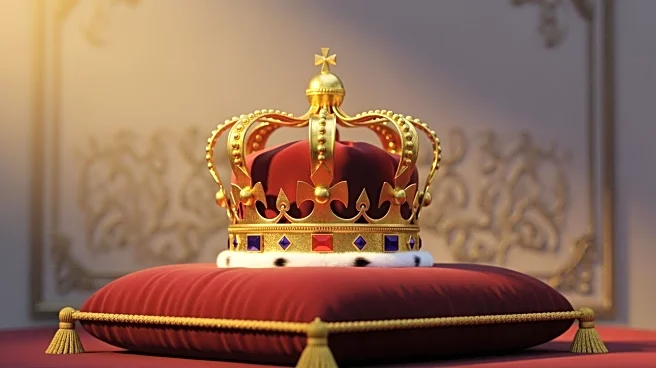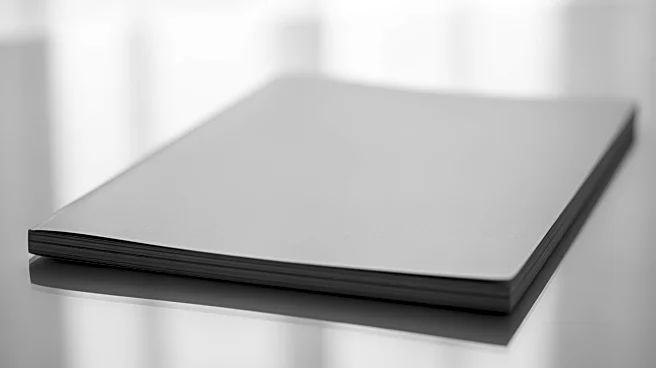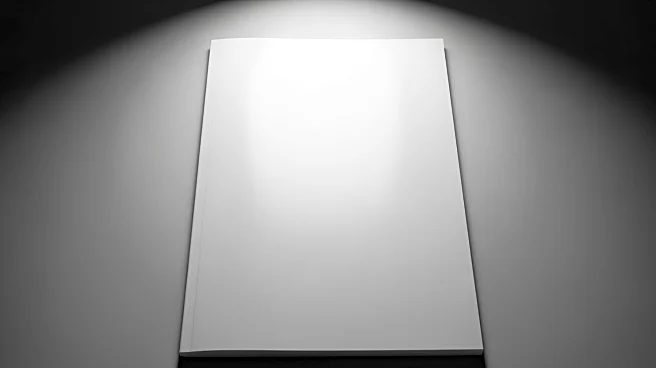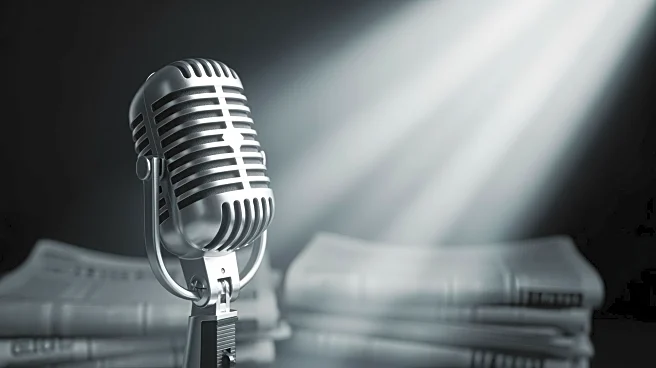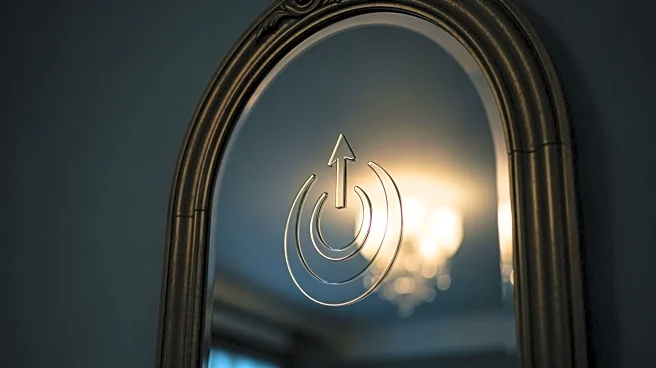What's Happening?
Time magazine has revised the cover of its upcoming November 10 issue after President Trump expressed dissatisfaction with the original image. The initial cover featured an upward angle photograph of President Trump,
which he criticized on social media for being unflattering. The image was accompanied by the caption 'His Triumph,' referencing a reported peace deal between Gaza and Israel. Following President Trump's complaints, Time released a new cover showing him seated at the Hayes desk with a caption reading 'Trump’s World.' This change highlights the ongoing relationship between Time magazine and President Trump, who has appeared on the cover numerous times since December 2024.
Why It's Important?
The decision by Time magazine to alter its cover following President Trump's criticism underscores the influence that public figures can exert over media representations. This incident raises questions about journalistic integrity and the balance between editorial independence and external pressures. The revised cover may impact public perception of both Time magazine and President Trump, potentially affecting the magazine's credibility and the president's image. The situation also reflects broader dynamics in media-politics relations, where media outlets may face challenges in maintaining objectivity while navigating the expectations of powerful individuals.
What's Next?
The revised cover is likely to spark discussions about media ethics and the role of journalism in holding public figures accountable. Media analysts and critics may scrutinize Time magazine's decision, potentially leading to debates about the influence of political figures on editorial content. Additionally, this incident could prompt other media outlets to evaluate their own practices regarding editorial decisions and interactions with public figures. The response from the public and media industry stakeholders will be crucial in shaping future media practices and standards.
Beyond the Headlines
This development highlights the complex relationship between media outlets and political figures, where the latter can significantly influence public narratives. The incident may contribute to ongoing discussions about the role of media in democracy and the importance of maintaining editorial independence. It also raises questions about the potential consequences of media outlets yielding to external pressures, which could affect public trust in journalism and its role as a watchdog.
